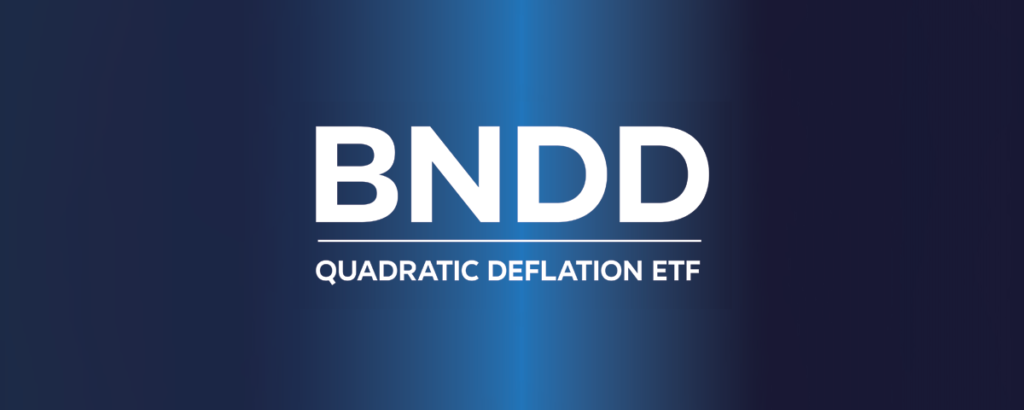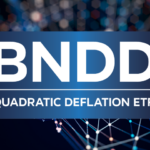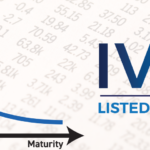BNDD: Understanding the Quadratic Deflation ETF

The Debt Machine and It’s Potential Effects
Starting with the second World War, and accelerating in recent decades, the US has joined other developed economies in issuing more and more debt. Extreme over-indebtedness has been dramatically worsened by multiple rounds of fiscal stimulus in response to the global pandemic. While economic stimulus may or may not spur growth, it has certainly ballooned the federal debt to well beyond 100% of GDP. Concurrently, long term interest rates have plummeted over the past three decades. Changing demographics may cause the costs of government programs to be spread over fewer working people. These factors have led to the creation of something called “the debt machine”. After years of loose policy and stimulus, will a more hawkish Fed choke off growth and cause long term rates to remain low or fall even further? Do demographics and high debt service costs breed more and more debt until we reach deflation? Is there a way out of the debt machine?
Introducing BNDD
Quadratic Deflation ETF (BNDD) is an actively managed government bond ETF that seeks to benefit from lower growth, deflation, lower or negative long-term interest rates, and/or a reduction in the spread between shorter- and longer-term interest rates by investing in US Treasuries and options. BNDD is comprised primarily of long dated U.S. Treasuries (roughly 85% of the portfolio.) It augments its Treasury holdings with a portfolio of long-only options on the shape of the US interest rate curve. The options portfolio within BNDD provides unique access to the Over the Counter (OTC) rates market, a market usually reserved for large institutions. The OTC Rates market is nearly 5 times larger than the US stock market.
The options held by the fund could also potentially serve as a market hedge when policy rates increase or when long dated yields move closer to zero. As the spread between shorter and longer term interest rates compresses, either because of lower inflation expectations and/or deflation, the value of the options portfolio tends to increase. The options portfolio and bond exposure are dynamically managed by the investment team at Quadratic Capital. Quadratic is an award-winning1 asset manager which utilizes its significant expertise in the interest rate volatility and options markets to construct and manage BNDD.
Potential Return Scenario
BNDD has the potential for enhanced returns in periods of lower or slowing economic growth. The portfolio’s option downside is limited to the market value of the options. The options held by the fund would potentially benefit from the yield curve flattening because of lower inflation expectations and/or deflation.
Conversely, a steepening yield curve may cause BNDD to underperform or lose money when the forward U.S. interest rate curve steepens, perhaps significantly. When this occurs the Fund’s investments may generally underperform a portfolio consisting solely of U.S. government bonds.
Potential Benefits
BNDD is a potential diversifier to a traditional 60/40 portfolio as bonds have historically rallied during large equity sell-offs. By incorporating options, BNDD may enhance a traditional fixed income portfolio. The strategy is designed to benefit from a decline in interest rates and flattening or inverting of the yield curve. The options held by the fund could also serve as a potential market hedge when long term rates are close to zero.
BNDD has distributed a minimum of 30bps monthly since the fund started paying distributions.
Potential Risks
BNDD could be risk additive in a portfolio of treasury bonds when yields are rising. In a rising long term yield environment BNDD is likely to lose money. Those losses could be amplified by losses in the options if the yield curve steepens. The strategy is also likely to perform poorly when bonds sell-off. The options held by the fund might not work as market hedge, especially when policy rates are away from zero.
Conclusion
As concern grows that changing demographics, extreme-indebtedness and a surge in debt issuance are fueling a debt machine which will lead to a sustained period of lower and lower growth, investors are looking for solutions. Deflation and ever-lower growth could be the most challenging environment for investors. BNDD, the Quadratic Deflation ETF, has the potential for enhanced returns in periods of lower economic growth by augmenting its exposure to long dated Treasuries with a portfolio of long-only OTC options. These options, which are difficult or impossible for most investors to own directly, may generate positive performance during a time when most other investable assets would be challenged. BNDD’s use of long options benefits investors by providing long bond convexity to a fixed income portfolio.
Glossary of Terms
Spread - Generally, the spread refers to the difference between two prices, rates, or yields
Over-the-Counter - refers to the process of how securities are traded via a broker-dealer network as opposed to on a centralized exchange
Convexity - is a measure of the curvature, or the degree of the curve with relationship between the price of the underlying asset and the value of the instrument not being linear
Long option - refers either to outright ownership of an asset or being the holder of an option on the asset
Deflation - reduction of the general level of prices in an economy
- For Best New US Fixed Income Fund of 2019 criteria please visit: www.etf.com/sections/features-and-news/2019-etfcom-award-winners/page/0/1
This article represents the manager's opinion. It should not be regarded as investment advice or recommendation of specific securities.


















